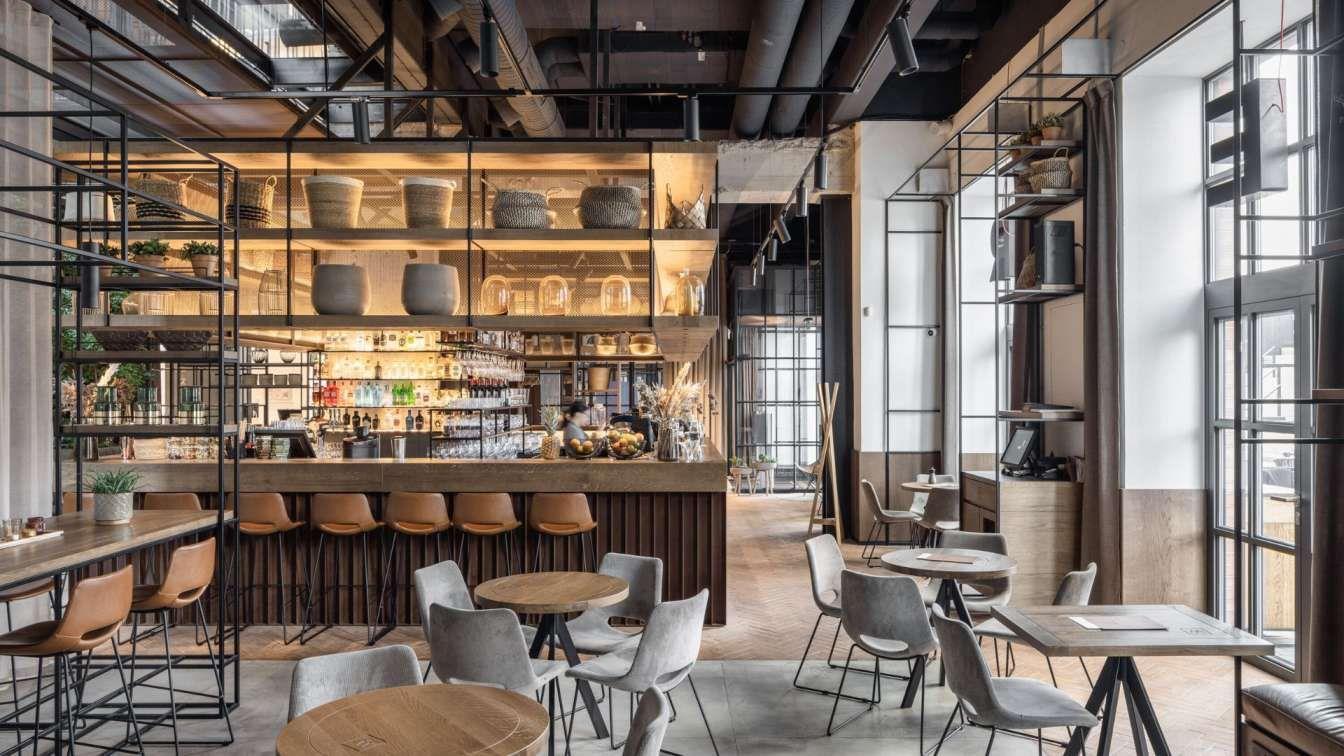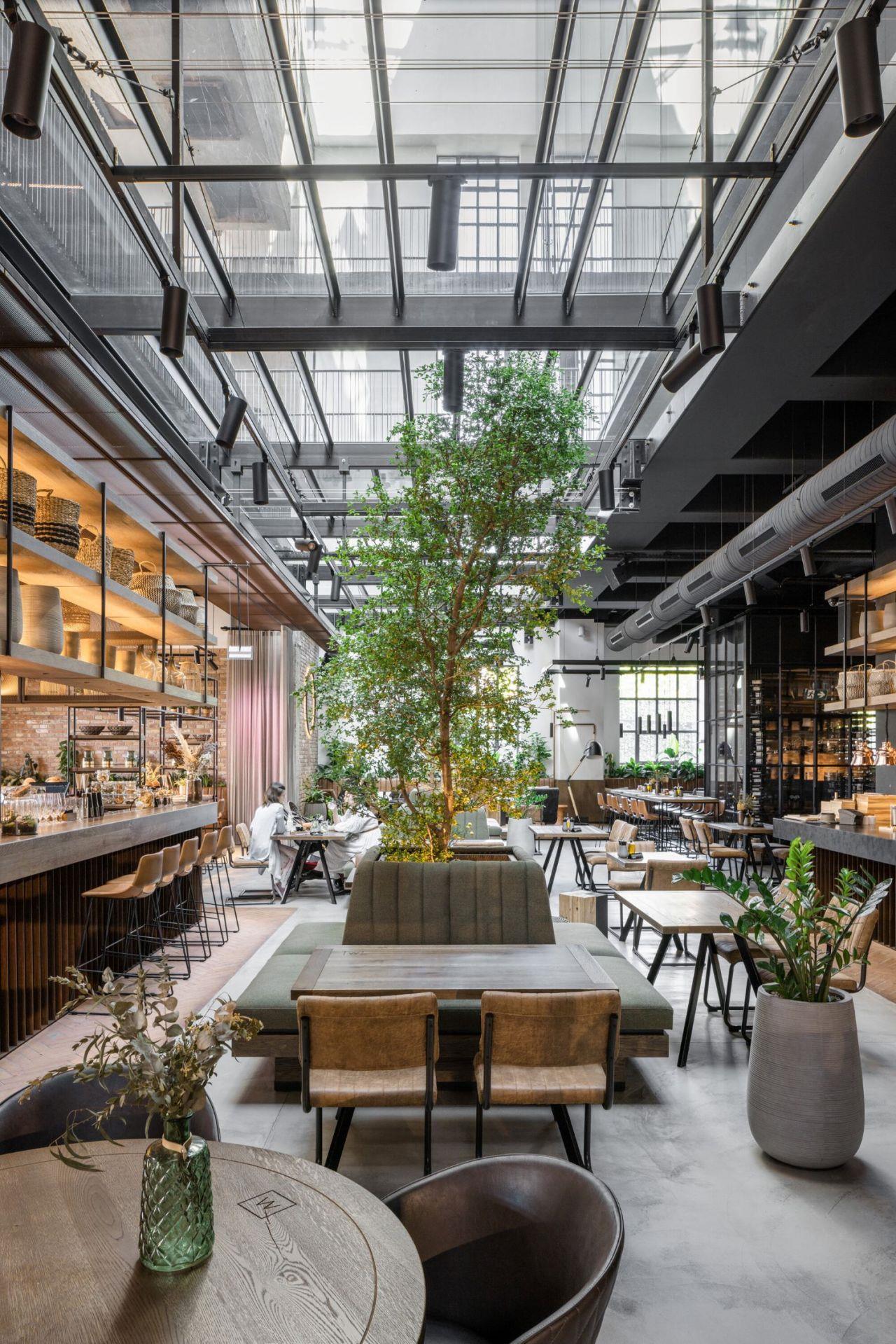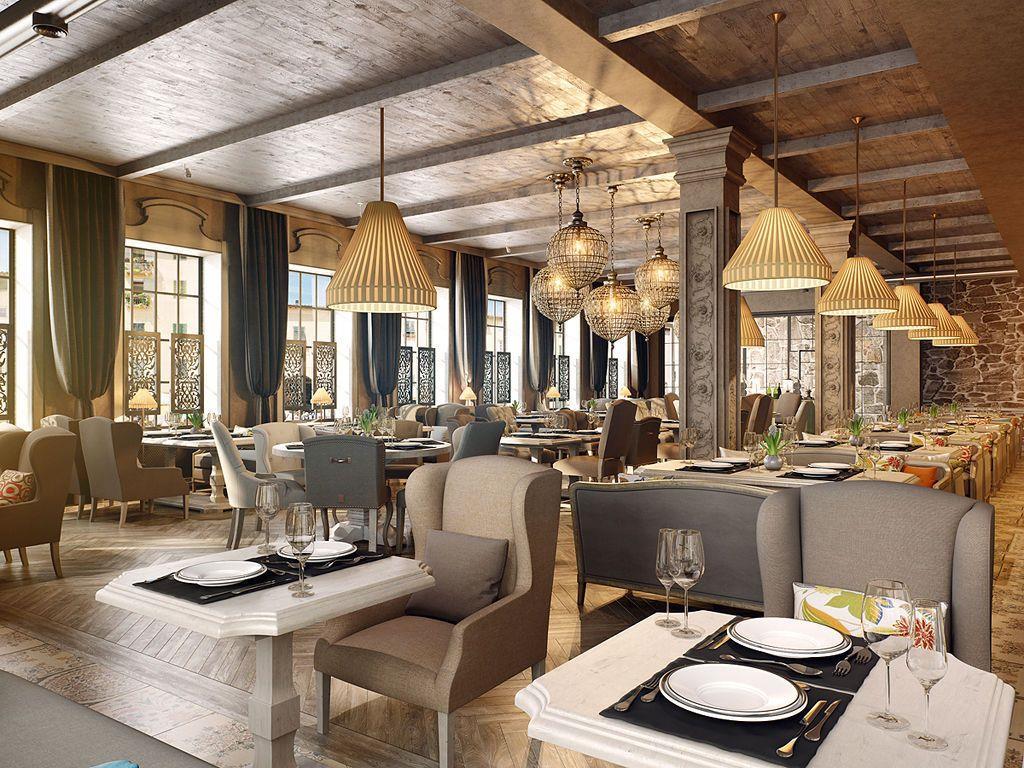
7 minute read
LIGHT REFLECTANCE LOSS
You also have to be aware that the final lighting result will be influenced by different reflectance levels and the light loss the interior objects will cause after their installation in an interior space. Lighting design by the majority of specialists is a procedure that ends when the lighting installation is over. WRONG!!
All the interior objects absorb light. It is then that we really have to do new calculations and lighting adjustments. There are cases where the lighting designer is also an architectural interior designer as it is in my case. So we have calculated the color of the interior surfaces during our interior design study and when we are working with our lighting concept-scenario we use those results in our lighting study, therefore we are not dealing with major changes until the end of the project. But it is really rare to find an architectural interior designer who is also a lighting designer. What you have to keep in mind is that the lighting calculations should be continued until the last interior object is installed. Lighting design is the most powerful MARKETING asset in any type of commercial, hospitality, residential, or art exhibition project you might have. The revenue the right lighting scenario can cause is immense. I dedicated all my life to studying architecture and interior design. It took me forever to study lighting design. What I still don’t understand is why people are hiring the most qualified architects and interior designers and why they pay for luxurious interior design materials, ( expensive marble, mosaic, leathers, Corian, Swarovski, artwork etc.) if they are not planning on hiring a lighting designer to make sure that all those luxurious visual ” stimulations ” would be perceived in their eyes and the eyes of their customers, they way they should? So it became my passion. My addiction. To educate my clients and to illuminate correctly their businesses. I turned out to be a great Marketing asset and a powerful weapon in what they are trying to accomplish. Success in every possible way.
Marianna Holoway Architectural Lighting & Interior Designer

While restaurants, ice cream parlors, cafes, and every other establishment in the F&B industry compete with each other using location, prices, and promotions, very few take the win from the margin of their interior design. Most people do not know this, but the restaurant interior design impacts customer psychology prompts them to order more or less, and even impacts the duration of their stay in the restaurant. Seating options, light, music, and architecture, all constitute a restaurant’s interior design. Here is a guide on how you can influence your customer’s psychology using interior design in restaurants and some brilliant restaurant interior ideas that you can use at your outlet.

Importance Of Interior Design In Restaurants
Restaurant interior design must be a must for any establishment since the way your restaurant looks will be crucial to your branding. Your interior design is the first thing that your customer will notice as he/she walks through the doors. This first impression will dictate how they perceive your brand, what level of service they expect, what kind of time they anticipate, and if they want to come back
Thus, the importance of interior design cannot be underplayed. Here are some reasons why restaurant interior design is so important:-
•Restaurant Interior design in restaurants is crucial to the branding strategy. The way a restaurant looks impacts how the customers perceive the restaurant concept and if they consider it a good enough place to eat at.


Shabby or very bright interiors will form a negative impression on the customers and potentially make them leave even before they eat. An ideal restaurant design idea would be to use natural light to its fullest to make sure your place is more Instagrammable.
•In the age of Instagram, interior design is your restaurant’s silent salesman. Everybody wants to post where they have been all day, and if your restaurant looks Instagramable, it will make it to your customer’s feed and entice their entire follower list.
•Good interior design means marketable interior design. You can use your interior design for marketing your restaurant among your target customers. If there is something unique about your interiors, make it public. People love to think that they are a part of something unique and would flock to your restaurant.
•Most importantly, interior design in restaurants impacts customer psychology. You can make your customers order more, eat fast, drink more, stay less, etc. all using interior restaurant ideas.


1. Architecture And Design
Architecture and design are essential aspects of restaurant interior design. The way you design the inside of your restaurant and place all your elements plays an integral role in defining the look and feel of your restaurant. It also has a significant influence on customer experience because it includes planning the layout of your restaurant. How spacious your restaurant will feel, how claustrophobic it will get during rush hours, and how comfortable it will be to walk around without bumping into people or crashing into tables, all of this dependent on the restaurant layout. It makes no sense for your joint to be beautiful if your servers cannot serve well, and customers cannot feel comfortable in their own space.
The floor plan of your restaurant must be such that there is individual space for every person seated. If you are a fine dining restaurant, 20 sq feet area per seat is ideal; however, for a QSR 10 sq feet area is considered perfect.
2. Lighting
Lighting is an essential part of your restaurant’s interior design. It does not make any sense for you to have everything perfect if the light is so off that it kills the effect. Technically there are three types of lightingAmbient, Task, and Accent lighting.
Ambient lighting defines the overall look and feel of your restaurant. Is your restaurant dimly lit or is it bright and heavy on the lights, this is the light that defines it. Fine dining restaurants usually use dim ambient lighting to create a relaxing mood and aura. As they serve customers in a way that pushes them to linger, and so order more, this atmosphere is perfect. QSRs, on the other hand, must be well-lit. The idea for them is for customers to come, eat fast and go. Bright lights induce that behavior, so the customers don’t keep lingering around. Task lighting is the light used for performing tasks. These are the lights that enable servers to work and customers to read the menu and order. This light is to be used strategically so that it does not kill the objective of the ambient light, but at the same time performs its function well, especially in fine dining restaurants. You can use it to highlight pathways or incorporate it by putting it on some unique features like sushi bars or minibars to highlight them.
Accent lights are lights used for that extra touch but mostly for decorative purposes. There you can experiment with it, but most wall lighting in this area is received better than overhead lighting. You can use these lights to reinforce the colors of your brand as well but don’t overdo it, or else it will kill the purpose.
As a restaurant owner and not an interior designer, you may feel that all these lights are just the same. True, there is not much of a difference between the three for the untrained eye, but if misused, the result can be a nightmare.
3. Colors
Colors believe it or not play a huge role in your restaurant interior design. The main thing that impacts what colors you must use in your restaurant is your target clientele. Different colors trigger different emotions and set different moods. Some colors stimulate diet while others repress it. Warm colors like red and orange are considered potent stimulants, so a lot of restaurants try to use red in their interior. Fine dining restaurants aim for a mood where customers would want to linger as opposed to QSRs and so it makes colors like blue or turquoise ideal for them. QSRs, on the other hand, need customers to order more and eat fast, thus making warm shades suitable for them.









